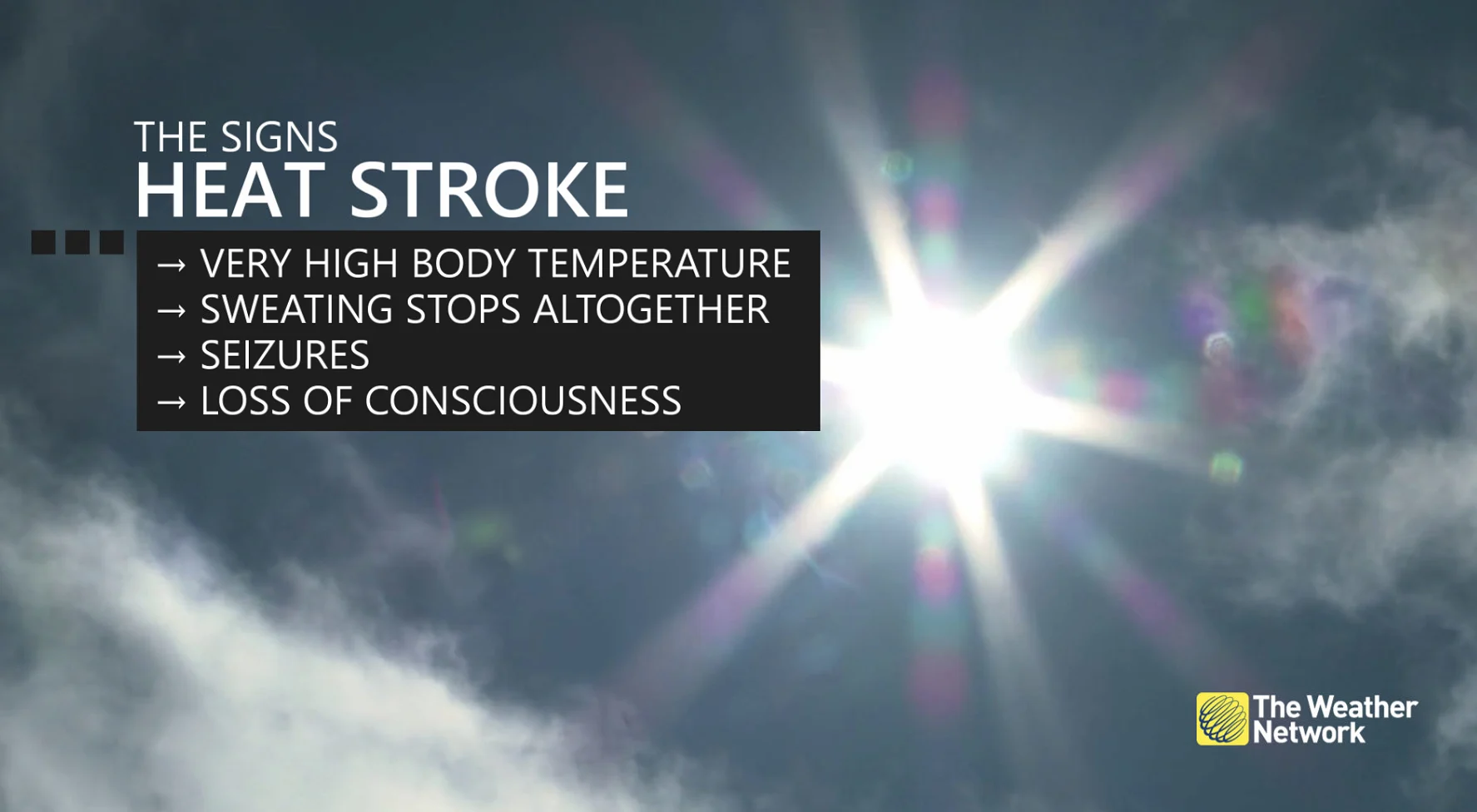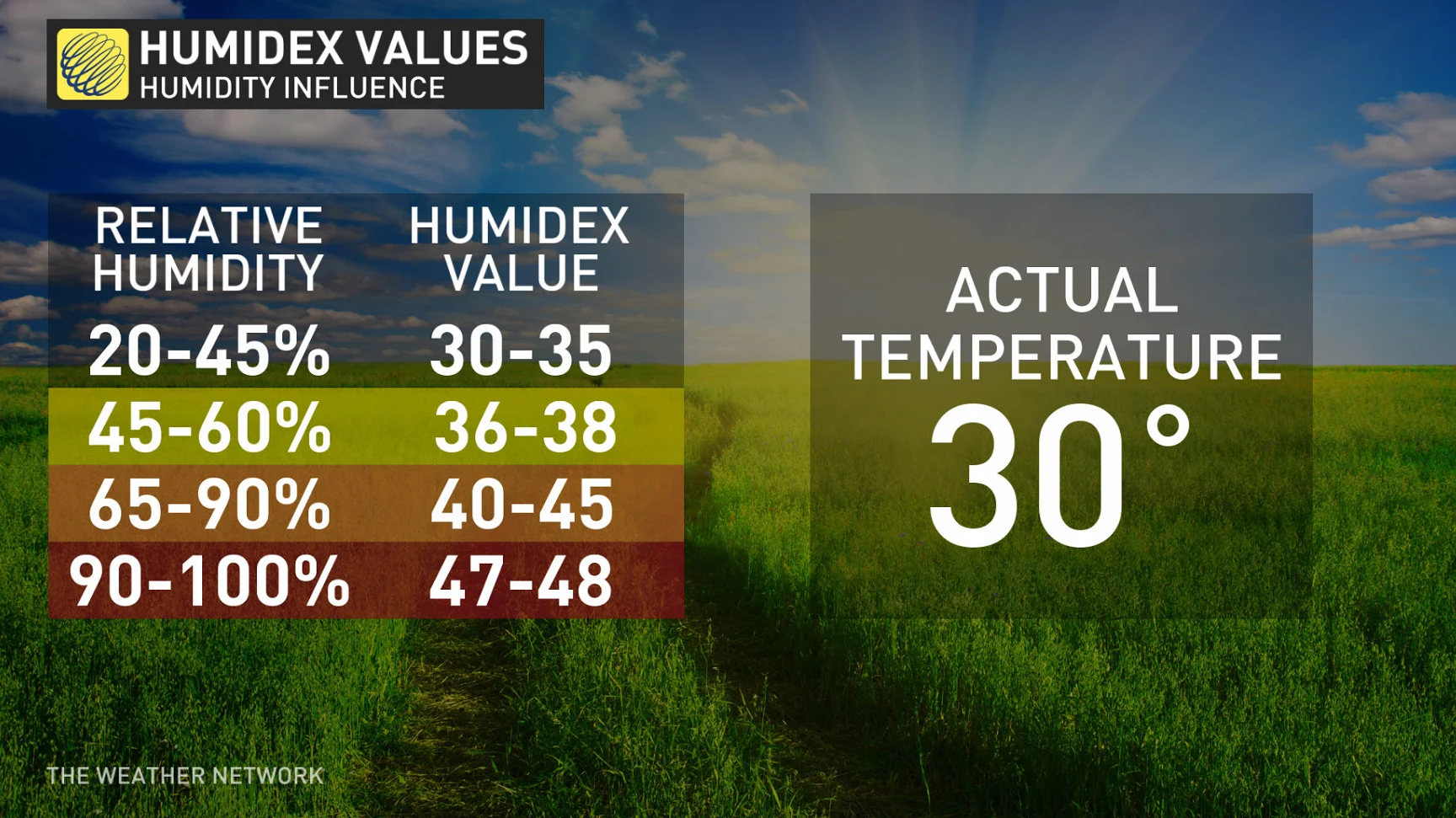
Why extreme heat is one of the world’s deadliest weather disasters
Tornadoes and flash floods are eye-catching disasters, but extreme heat can silently claim more lives than most other severe weather events combined.
One extreme heat event can claim more lives than a major tornado outbreak, making high temperatures one of the world’s deadliest weather events. The vast majority of those who die from excessive heat exposure are forced to live without proper cooling methods like air conditioning.
Despite the fact that heat claims such an exorbitant toll every year, the victims of excessively hot temperatures often lose their lives in silence, passing without the international attention given to victims of disasters like hurricanes and flash floods.
Here’s a look at how extreme heat is able to claim such a quiet but heavy toll on vulnerable people around the world.
Heat deaths don’t attract attention like other disasters
Extreme heat doesn’t leave behind dust clouds or piles of rubble, just a trail of broken hearts and shattered families.
Heat is a silent killer. People afflicted with heat-related illnesses often pass away in their homes, their bodies unable to cope with the intense stress of not being able to cool off efficiently. It’s a sad scene that’s repeated hundreds of times in the worst heat waves.
The low drama of high temperatures compared to other disasters often leads to a lackadaisical view of extreme heat events. “It’s just called summer” is a common way to brush off heat warnings. But extreme heat is no joke, and it’s dangerous for anyone who spends too much time in temperatures too hot for their body to function properly.
DON’T MISS: WHO prepares for El Niño-linked spread of viral disease
WATCH: Is it dangerous to drink ice-cold water on a hot day?
Heat-related illnesses sneak up on even the fittest folks
It’s not just elderly folks and those who live with medical issues who are susceptible to the heat. Anyone can succumb to excessive warmth, even folks who are physically fit or acclimated to hot and humid weather.
Heat-related illnesses include heat exhaustion and heat stroke. If you’ve ever overdone it in the heat and started to feel a cold sweat, wobbly legs, or a spell of dizziness come on, chances are you’ve experienced some level of heat exhaustion before. It’s a red flag that your body is struggling and it’s time to cool off.

Heat stroke is a life-threatening condition where your internal temperature is too high to function safely, causing your body to begin shutting down in order to prevent damage. This is a medical emergency that requires immediate intervention to stave off a bad outcome.
Humidity makes your body work even harder to cool off
Humidity makes the heat exact even more stress.
Our bodies take advantage of evaporational cooling to cope with the heat. The surface of our skin cools off when sweat evaporates into the air, allowing us to regulate our body temperature.
PROTECT YOURSELF: How hot is too hot for the human body?
Sweat has a tough time evaporating when there’s ample moisture in the air, though, which prevents our bodies from cooling off efficiently. A hot and humid day makes your body work much harder than it would otherwise if it were hot and dry outside. That’s why meteorologists use the feels-like value to tell you how hot it feels to your body when you factor in the humidity.

Not only do humid days make things tough on our bodies, but the extra humidity in the air prevents days from cooling off much at night. An extended heat wave is dangerous because steamy nights offer no relief from the brutal heat of the day. The compounding effects of one hot day after another takes a significant toll.
Air conditioning is a too-rare lifesaver
We’re among the first generations to enjoy the benefits of air conditioning, an invention that’s saved countless lives over the past century. We take air conditioning for granted today, so much so that it’s easy to forget how much of a life-or-death prospect average summertime weather would be without it.
Many people didn’t survive long, hot summers in the days before air conditioning. An untold number of people succumbed to heat-related illnesses and conditions worsened by the unending stress of a midsummer heat wave.
MUST READ: Experts caution against using too many fans in a heatwave
Unfortunately, while many folks across Canada and the U.S. enjoy widespread access to air conditioning today, this is far from the case for low-income communities here at home and around the world.
One glaring example of this was the historic Chicago heat wave of 1995, where feels-like values rose into the 40s for days on end. The heat claimed more than 500 lives, most of whom lived in neighbourhoods where residents lacked reliable access to air conditioning.
British Columbia’s heat dome in June 2021 claimed a similarly high toll, with nearly 600 people dying in the province as a result of the historic streak of high temperatures.
WATCH: What is a 'heat dome', and why is it so dangerous?
Heat safety a serious issue as the climate changes
The grim toll of extreme heat will become a greater challenge around the world as climate change accelerates pattern shifts.
Heat waves will grow more frequent and more intense as the climate changes. We’ve already seen evidence of these extremes right here in Canada. British Columbia’s historic heat event in June 2021 shattered the national all-time high temperature record three days in a row.
READ MORE: How do we know when weird weather is caused by global warming?
Across the ocean, a significant heat wave that hit western Europe in July 2022 broke the United Kingdom’s all-time high temperature record, bringing the country its first 40°C ever measured.
Extreme heat events like this will become more common in the years to come. It’s more important than ever to recognize the dire and silent toll that extreme heat can exact upon vulnerable populations, and work to mitigate the dangers posed by prolonged hot temperatures in communities that don’t have access to adequate ways to cool off.
WATCH: Dogs and heat stroke - When you should take action
Thumbnail image courtesy of Alex Woods
